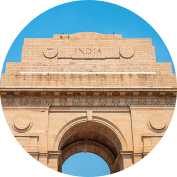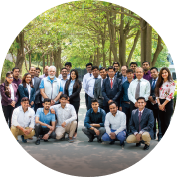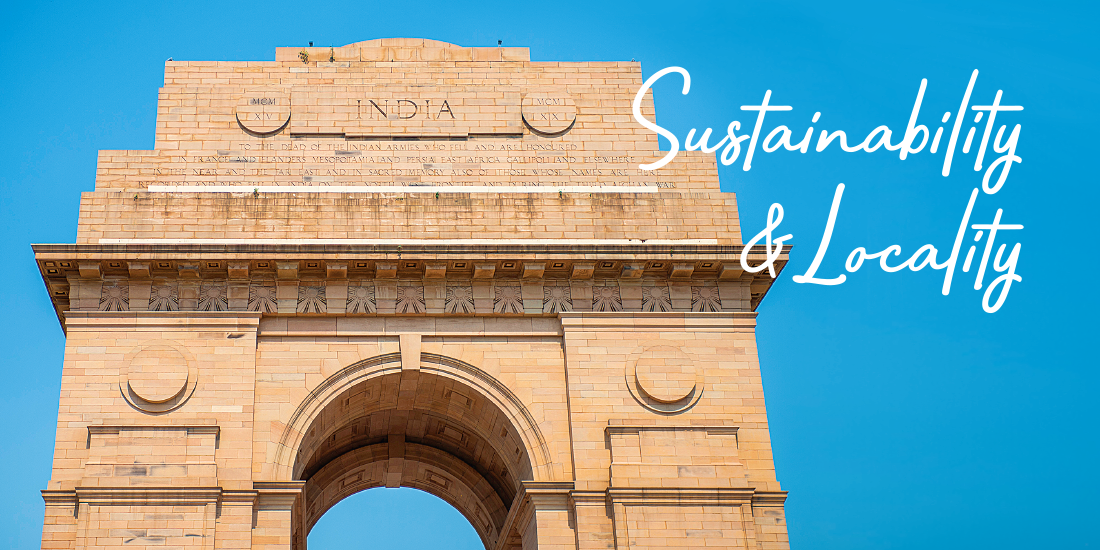



Sustainablity & Locality

Man dancing at a club.
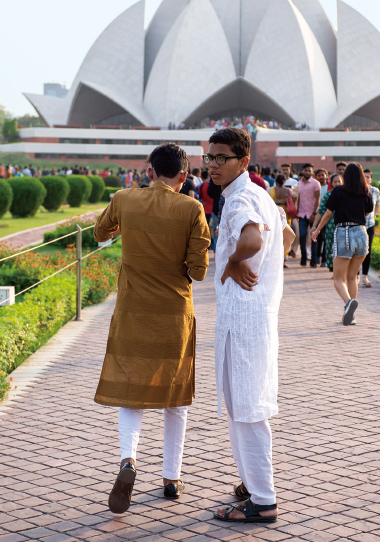
“Lotus Temple” is the Baha'i House of Worship.
It’s a popular piece of architecture and an always busy tourist destination.
Diving into
India’s excitement
Multi-ethnic and multi-religious, India has always been an accepting place. Therefore, the country is full of energy, forming a unique culture that cannot be expressed in a word. These words include Hinduism, IT, Maharaja, Population, and more. It is very difficult to find out the standard Indian way of living. All sorts of values coexist in harmony. You can’t understand the depth of India in a short time. That's what makes it interesting.
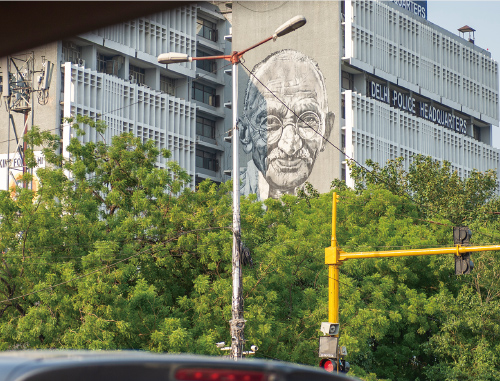
Mahatma Gandhi, father of Indian independence, on the mural.
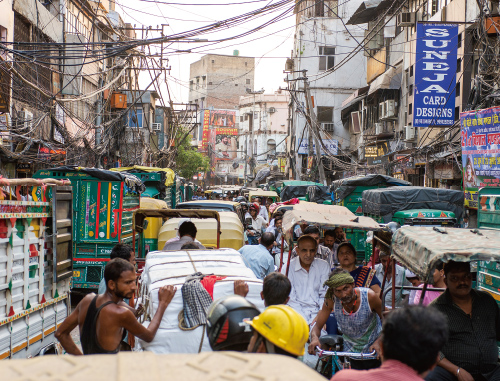
Around Old Delhi, there’s a tremendous amount of people, cars and rickshaw vehicles.
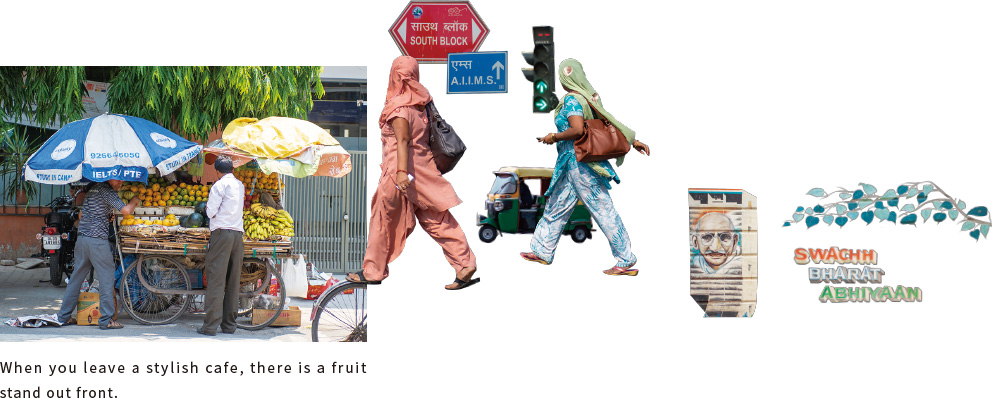
-
A field with interesting objects.
But we wondered where the entrance was.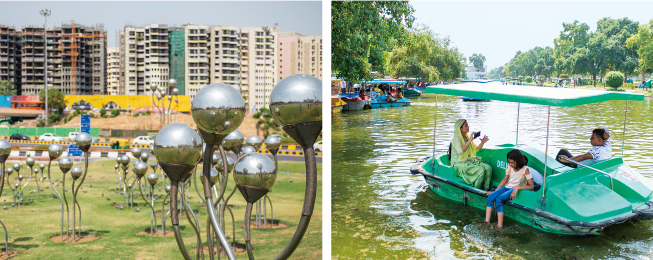
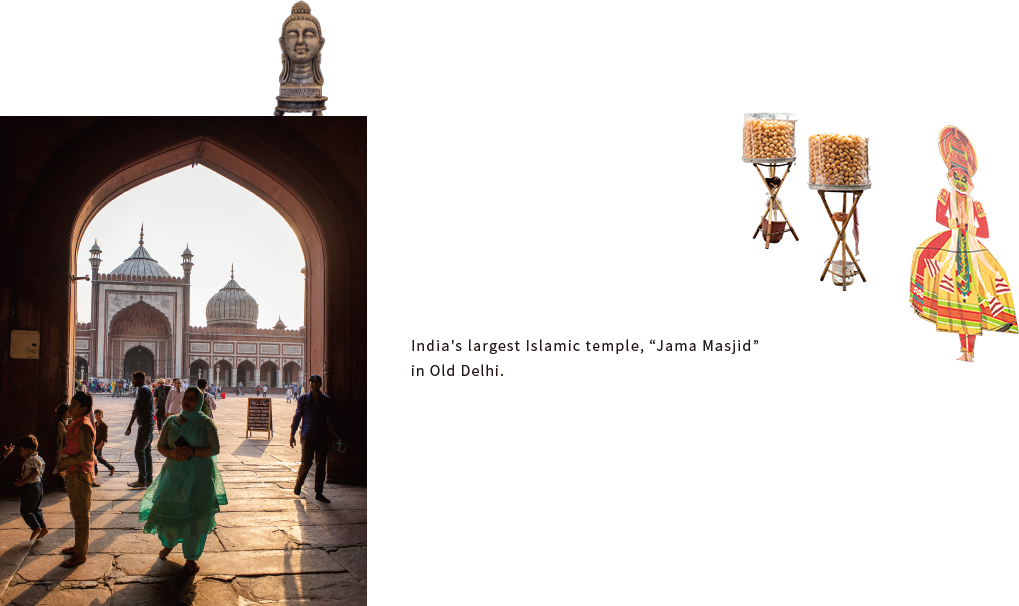
Different from the stereotype.
This is the real India.
-
In South Delhi, there’s an increasing number of shops serving Indian coffee,
as well as cafes with cute plants.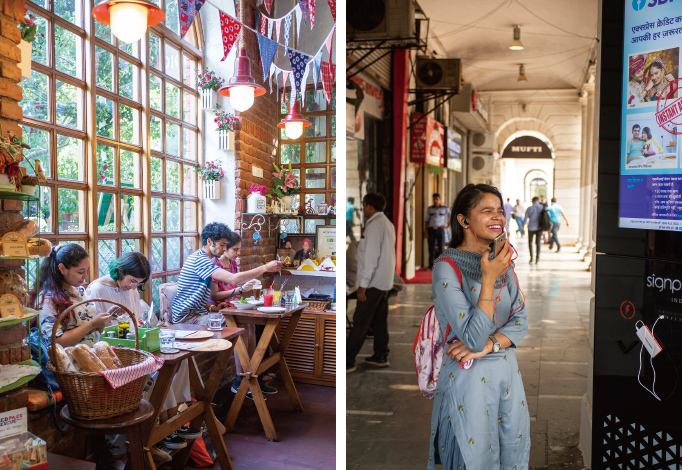
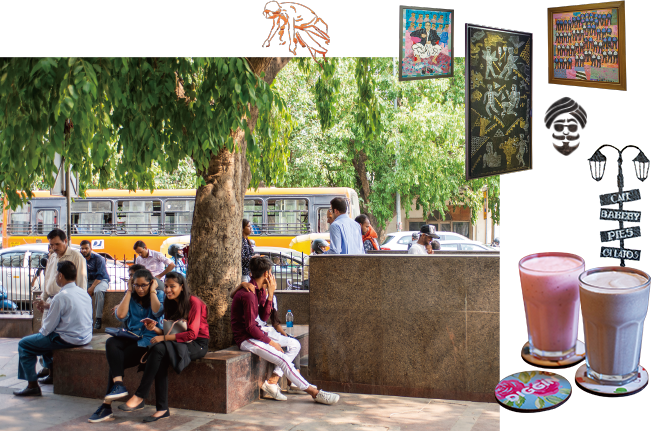
Take a break in the shade at “Connaught Place”.
-
India is diverse and crosses over various races and cultures. There is a large influx of Western culture as well. “Play Clan” is a popular design label centered on young people who are influenced by the western lifestyle. At first glance, the popping colors and modern designs do not resemble Indian creativity. However, all motifs, such as the patterns and stories, come from Indian culture. “I am always looking for craftsmen in India”, says art director, Himanshu Dogra. “I want to preserve craftsmanship by reinterpreting traditional inspiration with a contemporary viewpoint and making it relevant for a new audience.” India's landscapes, sights, and culture have been “moderately” reflected in the product. Their work is shown on the impressive cover page illustration.
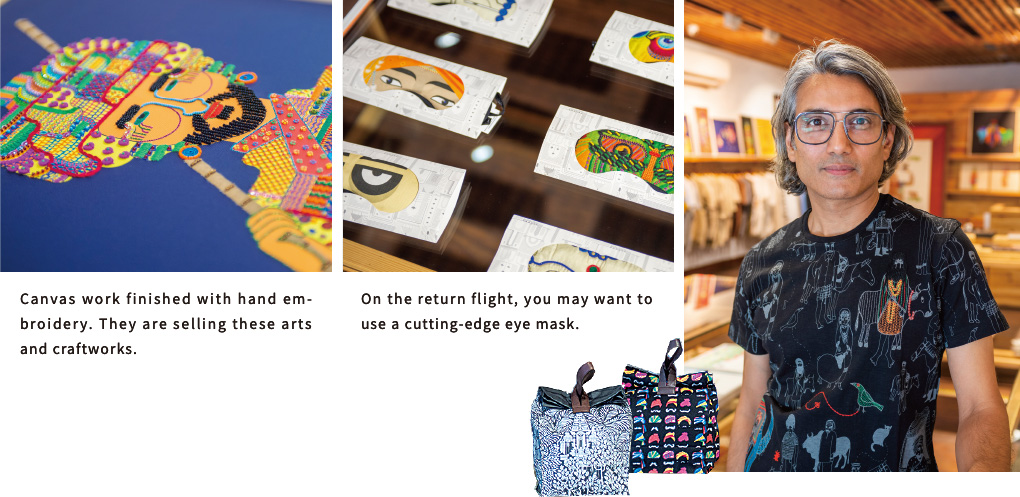
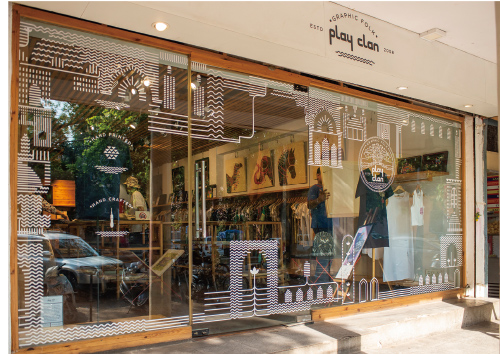
“Play Clan” has eight stores in India.〈Play Clan〉。
Shop no.17, Meherchand Market Behind India Habitat Centre, Lodhi Road, New Delhi 110 003

Indian food is
more than curry
What Japanese people call “curry” is a general term for dishes that use spices, which is a fairly broad classification. In addition to stew, there are a wide variety of spice dishes, including stir fry, seasoned dishes, and even milder spice dishes. Some Indian meals are arranged in a modern style. This Indian cuisine is evolving to feature spicy dishes and updated traditional curry.
Curry is an “everyday meal”, but there are so many different types. What we call “Nan”, for example, is actually different from chapati, roti, poori, paratha, kulcha, papad or dosa. If you can make the distinction while ordering, you will be able to understand India's profound food culture and enjoy your meal during your stay.
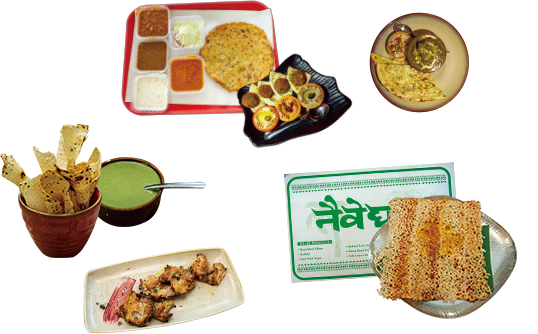
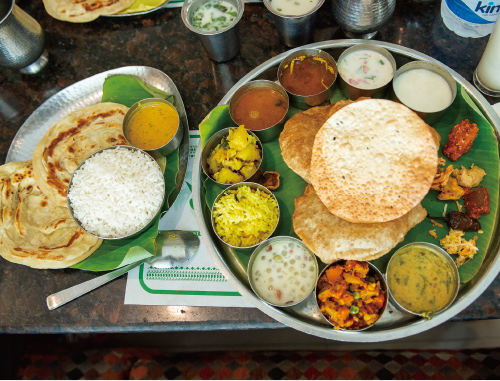
This variety is shown in a platter meal called Thali, one of the standards in Indian cuisine.
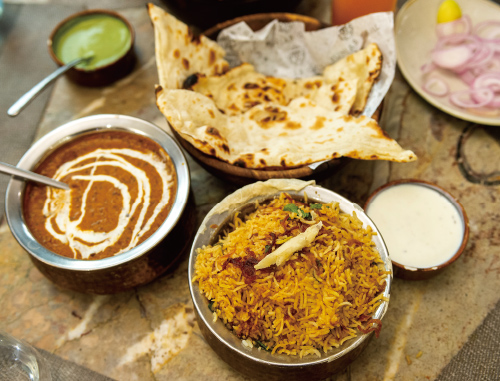
There are as many spice and flavors as there are homes and shops, including biryani cooked rice.
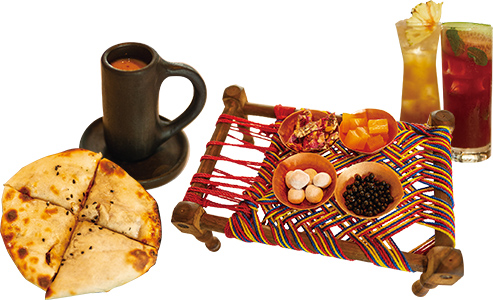
While Indian cuisine has a long history of tradition, it is also evolving. There is a fusion of Western and Japanese cuisine with bold cooking methods and ingredients. There are also plenty of fun decorations for you to see and enjoy. Modern Indian dishes use innovative methods to break through the ceiling of Indian cuisine, which is known for its curry.
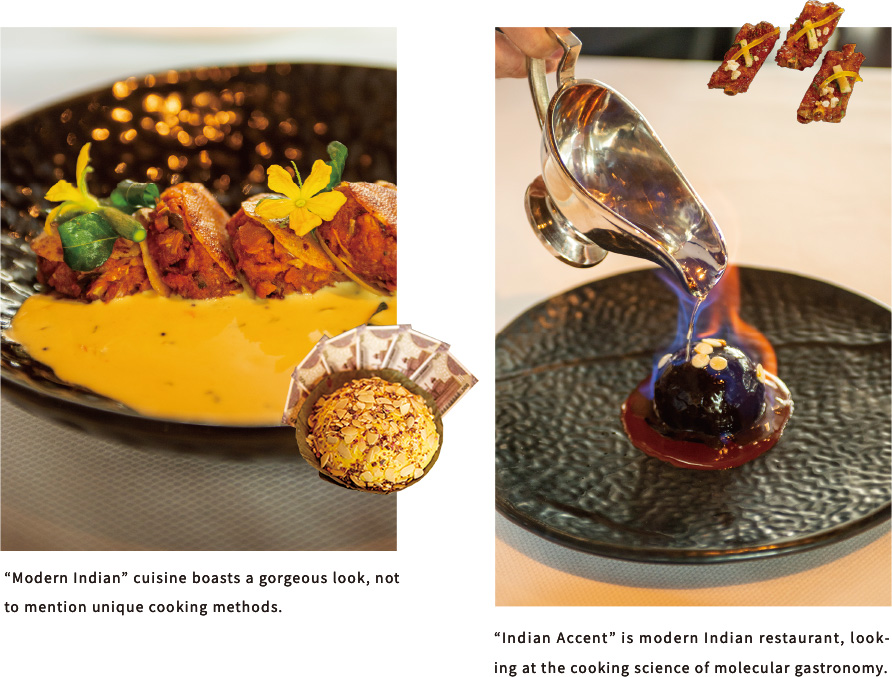
Improving manufacturing
And setting reasonable wages
In India, where farmers have historically harvested cotton, the textile and sewing industries have flourished since ancient times. We looked into “KARDO” manufacturing. “KARDO” is a fashion brand that is produced in India, is expanding overseas and has a reputation for tailoring shirts. They have been searching for hand-weaving and dyeing techniques in various parts of India and have applied them to the making of “KARDO” clothes. “India has long been considered a labor market from abroad, but I want to get rid of it and pay the right wages,” says Sarthak Saxena. One way to do this is called “ONE×ONE”. This environment doesn’t work like a large factory, and the products are finished with true craftsmanship. A tag shows the name of the person who created the product, which leads to improved motivation for craftsmen.
On the day of our interview, about six sewing craftsmen worked in a bright,
fresh air environment.
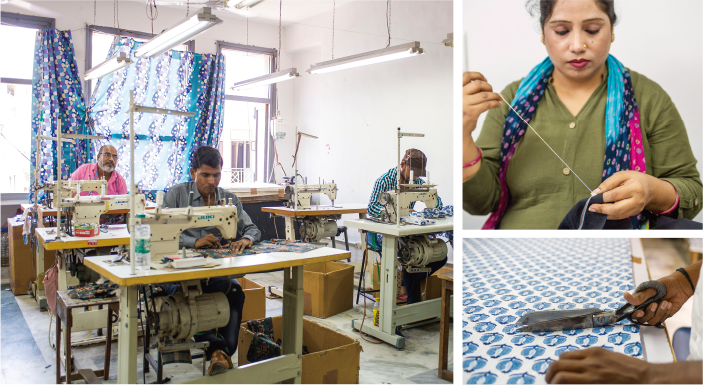
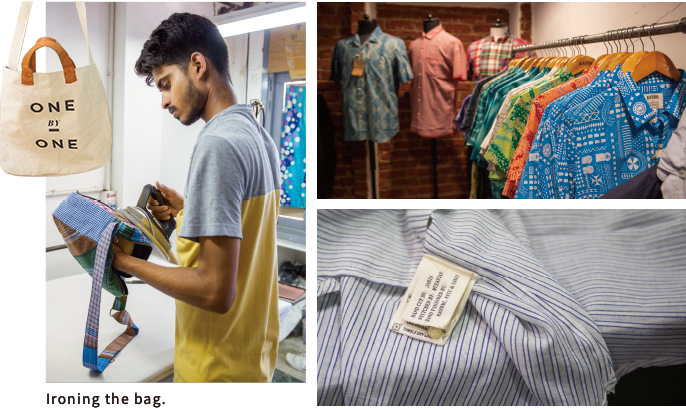
The name of the craftsmen who worked on “HAND CUT”, “STITCH”, and “HAND FINISH”
is written on the tag.
KARDO/2010, a brand that Rikki Kher (above) started with friends. The company was incorporated in 2013. Since Kher was on a business trip to Paris, Sarthak Saxena (below) guided us on a tour and told us that today was his two-year work anniversary.
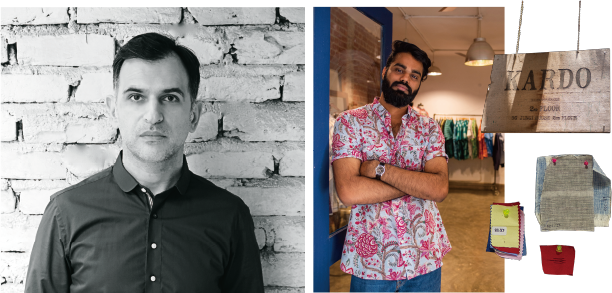
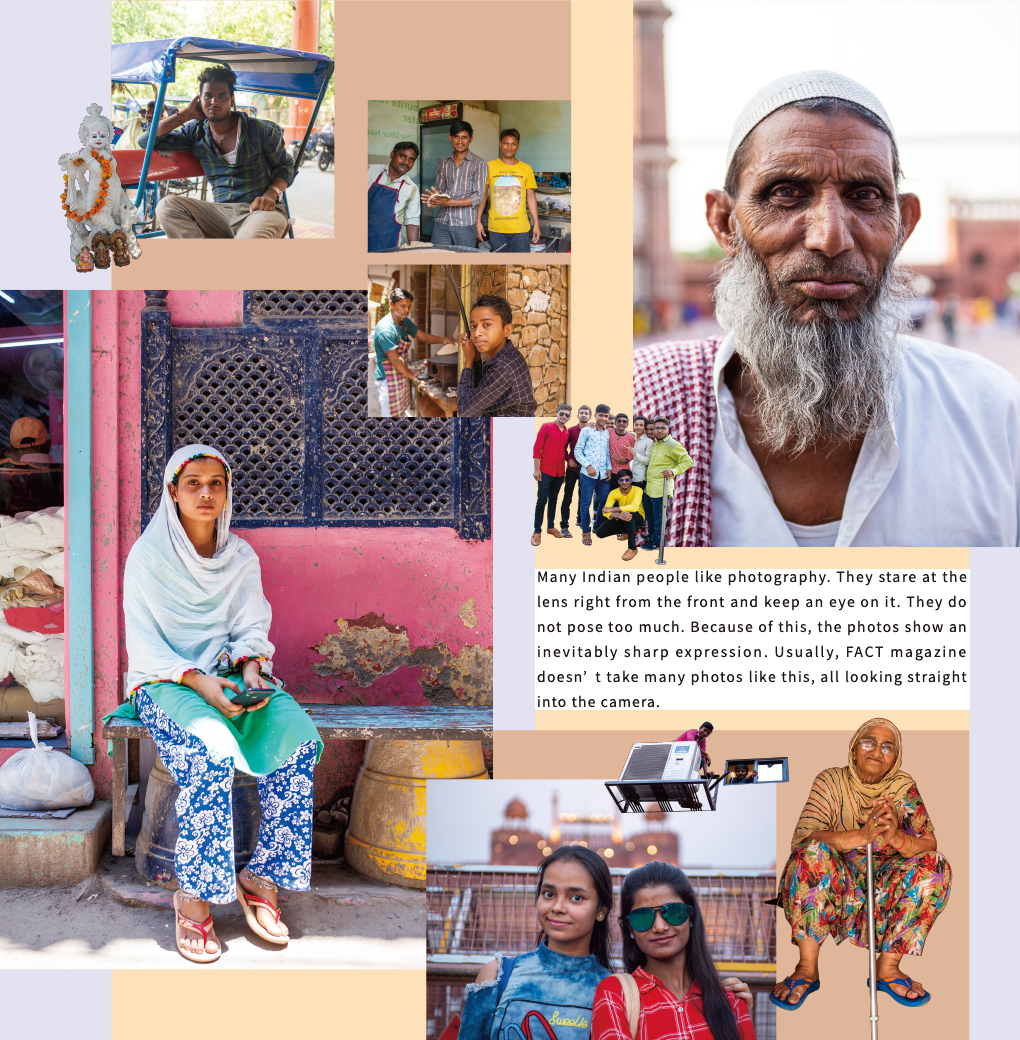
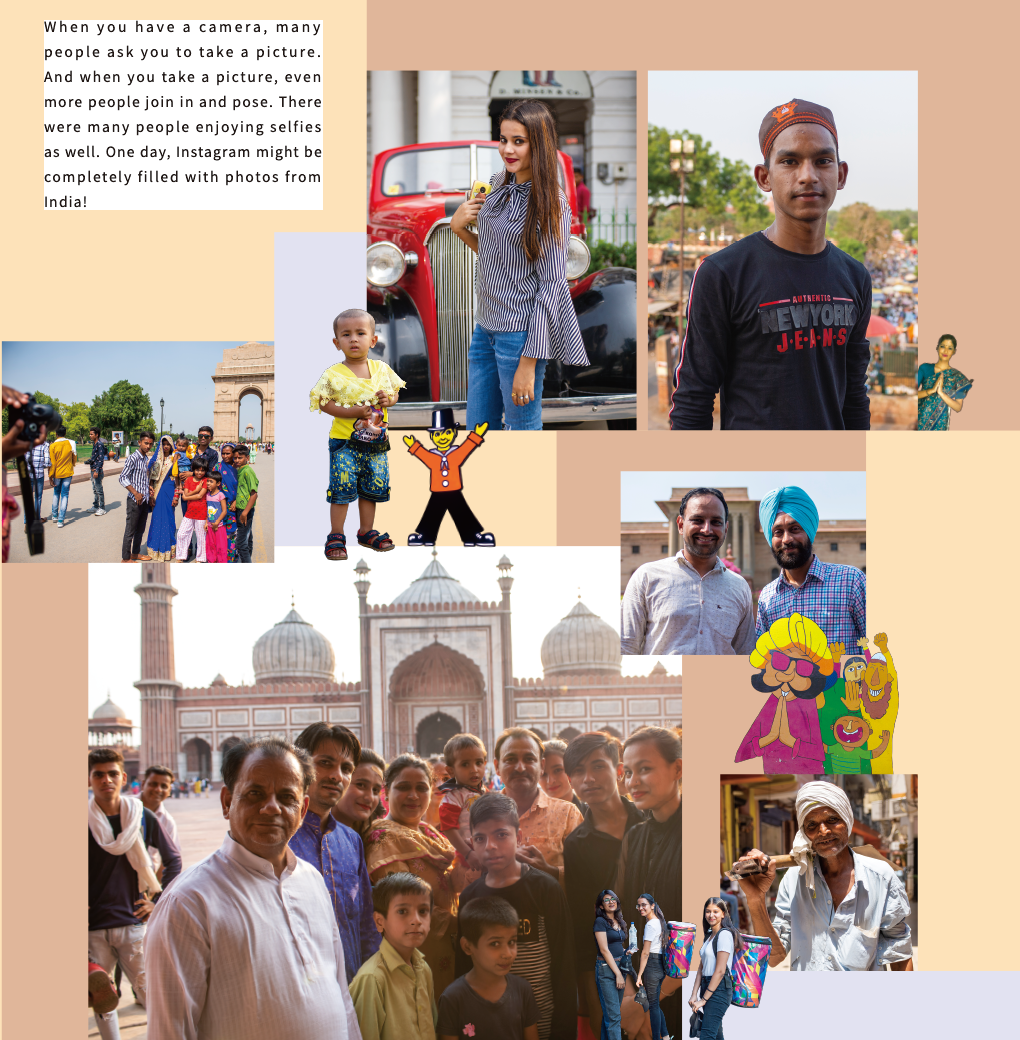
The tradition that remains throughout India,
Sustainability awareness
Dr. Vandana Shiva and her environmental protection organization, “Navdanya”, are activists who support sustainable efforts in India, especially in the environmental and agricultural fields. For example, Neemrana, where the KAI factory is located, is found in the desert. “We are farming with groundwater, but we are working with farmers to avoid pumping up all the water,” Shiva said. “People who have lived in the desert have lived with fewer resources. There should be an awareness for sustainability there. This environmental awareness can be found in all 27 Indian states. Traditional agriculture is rooted in the land, not an industrialized monoculture. Such locality is still alive in India.
Dr. Vandana Shiva/Environmental activist. She is researching and practicing the importance of organic farming and seeds. In 1987, she established the environmental protection organization, “Navdanya”, a word that means “nine seeds”. Navdanya focuses on environmental issues, globalization, social minorities, and local communities, issuing many books and papers.
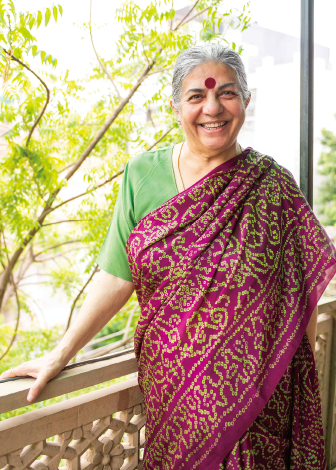

The “Navdanya Farm” in Dehradun, northern India, is a pesticide-free and non-genetically modified species farm, growing hundreds of rice and wheat variants. These products are processed and then sold. The farm promotes many other environmentally friendly activities.
The future is for the children of Japan and India
“Wall Art Project”
The “Wall Art Project”, which connects children in Japan and India, is an activity sponsored and supported by KAI. First, the project includes the “Wall Art Festival”, where Indian and Japanese schools use the festival as an art canvase. Next, the “Noko Project” promotes the sustainable living of Indian indigenous people. And finally, the “World Forest Conference” sheds light on local areas in India and examines the wisdom and ingenuity of daily life.
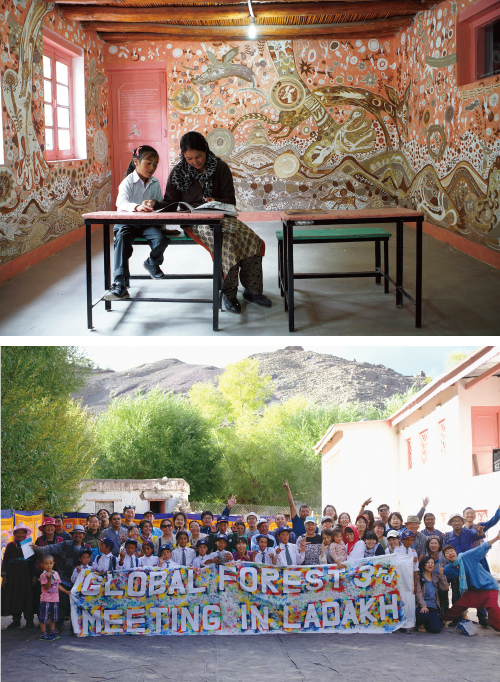
Indian and Japanese artists draw their work across the school wall. By wrapping the entire classroom with pictures, you can show off the power of the art. It makes the walls become something more than walls. In a sense, this street art can be seen as the starting point of the manufacturing spirit.
Wall Art Project/Representative Akiko Okuni and Director Kazunori Hamao fly around India, Tokyo, and Fukushima for each activity. They established Tsomoriri Bunko, an art space in Sengawa-cho, Tokyo.
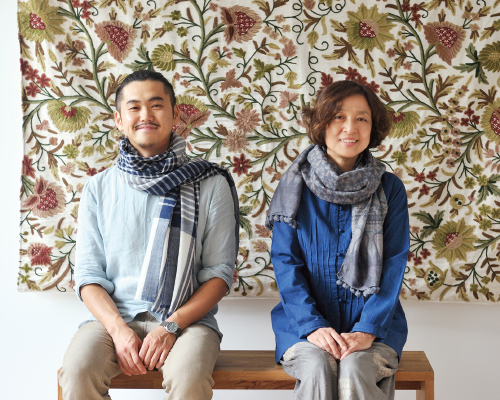
Delhi | Article List
- Next FACT No.14
